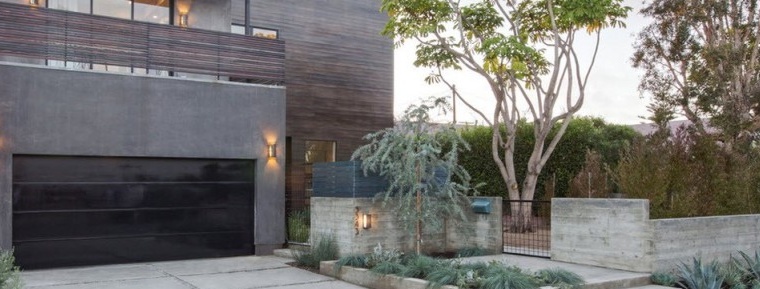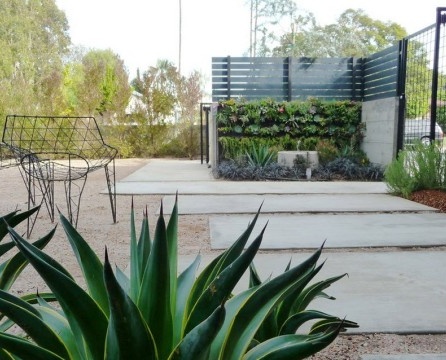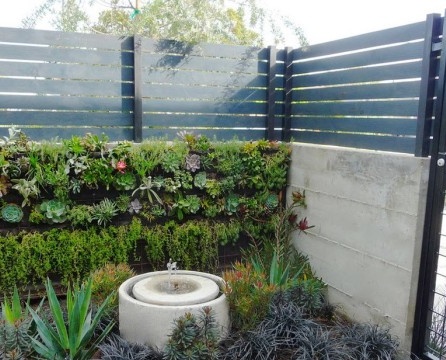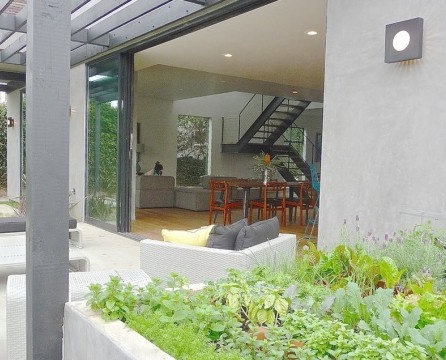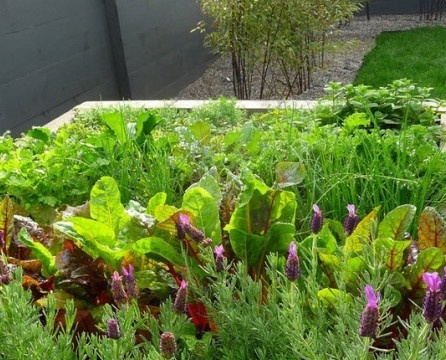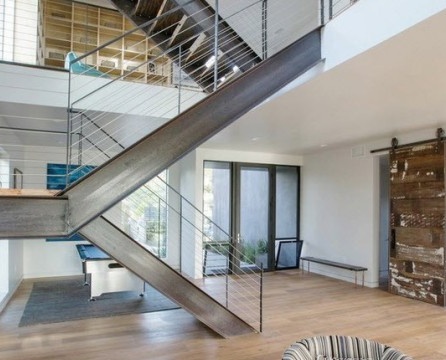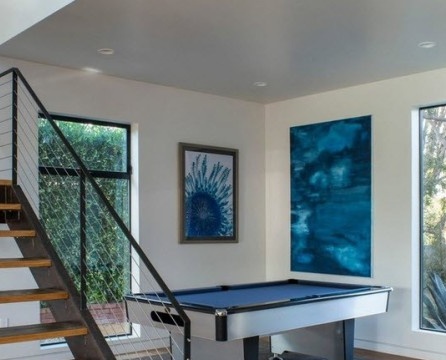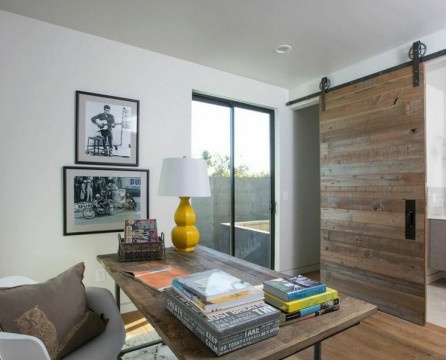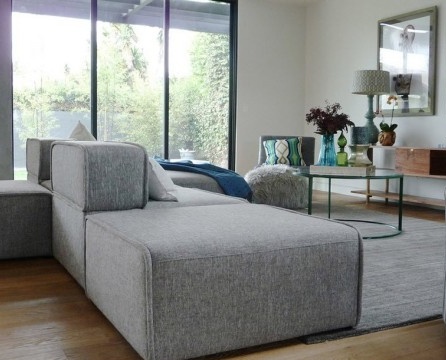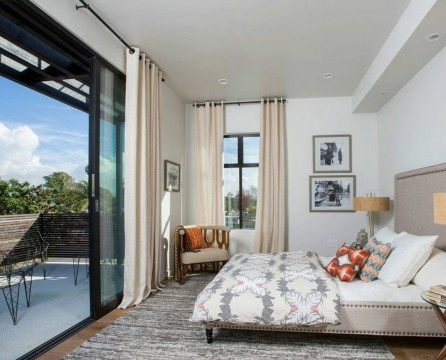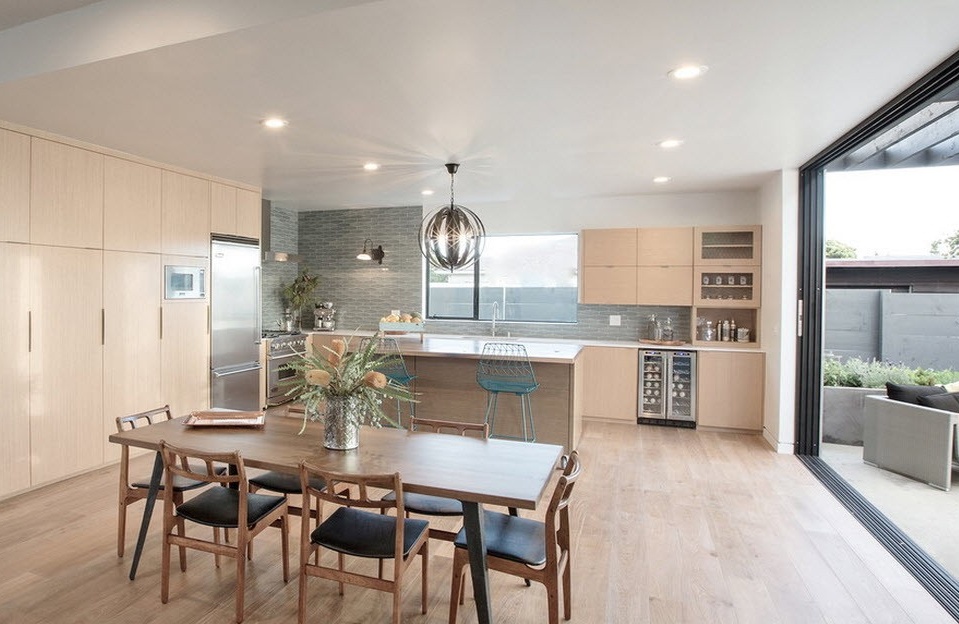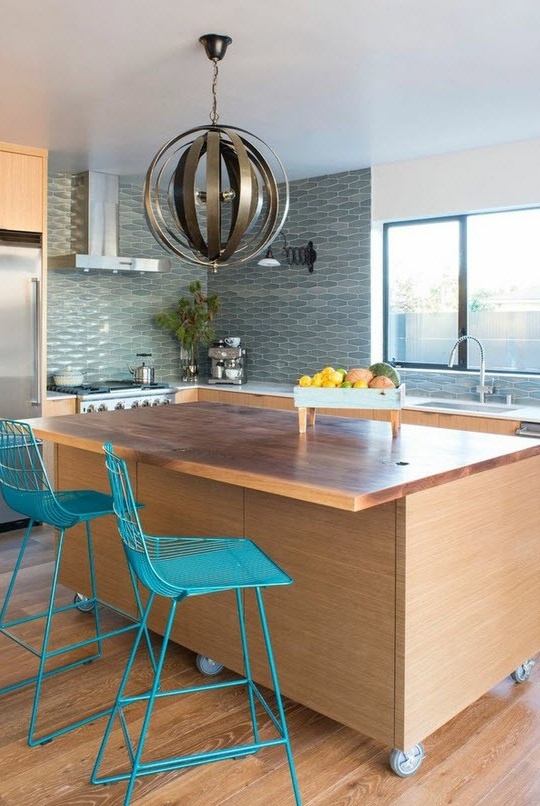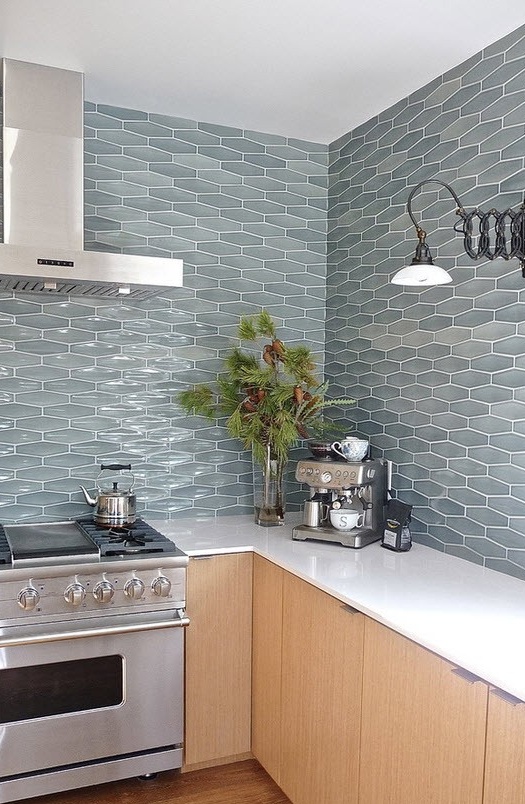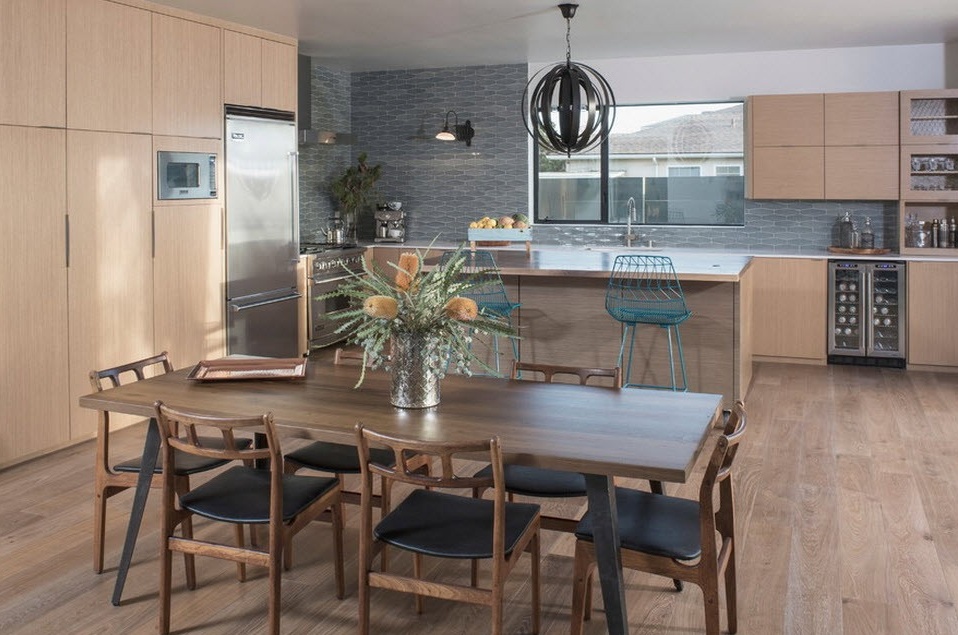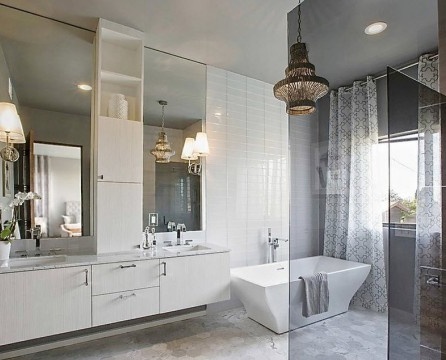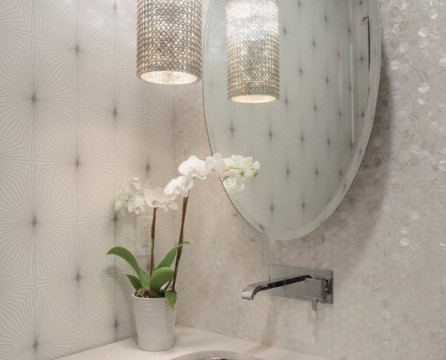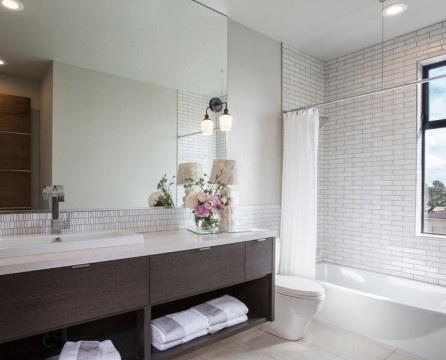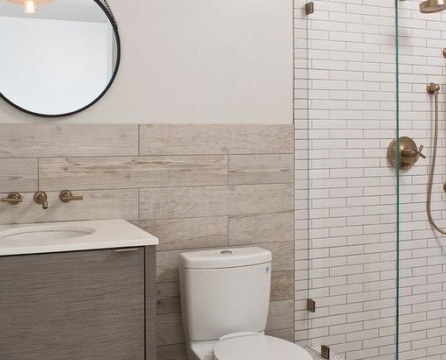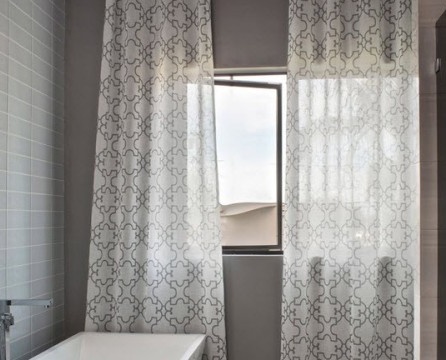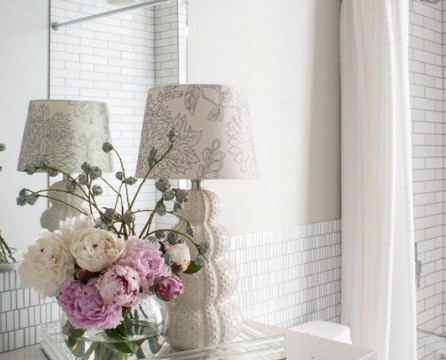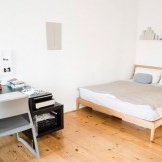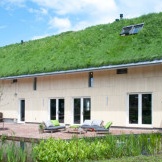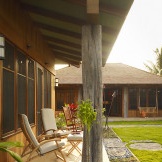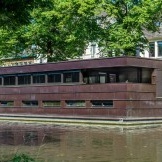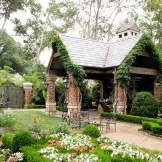Art Nouveau Country House
The choice of the stylistic design of a country house is always fraught with many questions and nuances. Since the 21st century can be called the century of pragmatism, it is precisely those that differ in practicality and rationalism that become the preferred styles in architecture, interior, landscape. One of these styles has become modern. A country house decorated in accordance with the peculiarities of Art Nouveau attracts with its simplicity and restraint in design and color scheme.
The general features of the modernist style include the following:
- combining different areas of art in one style, i.e. in modernity you can find old and new forms and techniques in design;
- lively, beautiful, graceful forms of structures;
- the use of unusual materials for interior decoration;
- unusual forms with symbolic and figurative meanings;
- geometrically regular large planes and strict lines;
- principle of equality of form and content.
You can consider the application of the principles of modernity on the example of the design of one private house. In the center of the suburban area there is a house; its architectural design is very democratic. No extra details and decorations. Everything is very simple and functional: small architectural forms, clean and fresh colors, contrasting shades are allowed:
Landscape
Art Nouveau in the design of the landscape obeys minimalist trends. In the design of the site in the Art Nouveau style, first of all, the conformity of the form with the content is expressed. The outlines of flower beds, ponds and paths are smooth, without sharp bends. Flower beds can be in non-traditional form:
The main distinguishing feature of the landscape design of a country house is the use of contrasting in form and shades and expressive plants. There should not be many of them; it is not necessary to observe symmetry in their arrangement. The space is separated by paths and neatly trimmed lawns:
The classical trend of landscape Art Nouveau emphasizes the natural originality in the plant area and makes human work almost invisible:
So, the exterior of the house in the Art Nouveau style is distinguished by its unpretentious appearance, but at the same time a respectable laconic look.
Art Nouveau interior design
The name of the Art Nouveau style is accepted only in Russia. In other countries, it is called Art Nouveau, Liberty, Tiffany, Art Nouveau. This confusion in the names very often leads to the fact that in our country modernism is perceived as classical modern minimalism, restrained European design. Builders, architects and designers continue to debate on this subject, defending different points of view. It is possible that each of them has a right to exist. We propose to consider the possibility of decorating the interior exactly in the generally accepted and understandable aspect.
Entrance hall, lounge
Since modernity is highly pragmatic, it will be optimal in studio apartments and combined rooms. For example, a hallway combined with a hall. The main task here is to maintain maximum free space and light. To do this, light flooring made of solid wood, panoramic windows and doors are used. Stairs are distinguished by grace of form and do not clutter up the interior:
The living room can also be functionally connected to the hall. Pay attention to the smooth lines of furniture, non-aggressive paints, commitment to natural shades and materials:
One of the features of the Art Nouveau style is art objects in the interior. These can be canvases by famous masters of past centuries and trendy works by contemporary artists. They coexist peacefully with each other, without causing disharmony:
Natural wood furniture with carved elements and completely simple, no frills are used as accessories.For example, bookcases of strict form emphasize the elegance of armchairs with curved leg supports and backs, with leather covers:
Bedroom
Defining the interior of a bedroom in modern style, you can limit yourself to the words: softness, smoothness, sophistication. Furniture is limited to a standard set, but functionality is different: there should be nothing superfluous in the bedroom:
Muted tones in gray-beige palette are diluted with brighter accents. Usually it is yellow, reddish, greenish shades:
Kitchen
The functionality and ergonomics of high technology, combined with a variety of materials and colors - this is a modern style kitchen:
Original accents against the backdrop of a bright interior: the unusual shape of the high-tech chandelier and bright turquoise chairs emphasize the artistic direction of the style:
Furniture is always arranged taking into account convenience and functionality. The angular shape is the most suitable option for modern kitchens:
Finishing materials are used modern technological in combination with natural ones. It can be a mirror or glossy surface in the working area and wooden in the dining room area. The coldness of brilliant gray is offset by the warmth of shades of natural wood:
Bathroom
Art Nouveau bathrooms betray a sense of cleanliness, presented in simple geometric shapes:
There are no specific requirements for the color scheme of bathrooms in Art Nouveau. Bright colors and pale pastel colors are acceptable here. Since in our example the design of the entire house, including the landscape, is generally sustained in muted shades, the color palette of the bathroom and toilet does not stand out from the overall color of the mansion:
The interior of the bathroom is not overloaded with patterns, ornaments and accent accessories. One or two unobtrusive decorations is enough - and the bathroom looks original and fresh:
In conclusion, it should be noted that the modern style is a constantly evolving phenomenon, because the modern world is continuously striving for diversity and excellence. Defining clear boundaries, criteria and possibilities of style today is simply unrealistic. Therefore, it is best to adhere to general trends and your own perception of this style. The main thing is to observe the style rules so that the modernist interior does not give the impression of dullness and uniformity.

